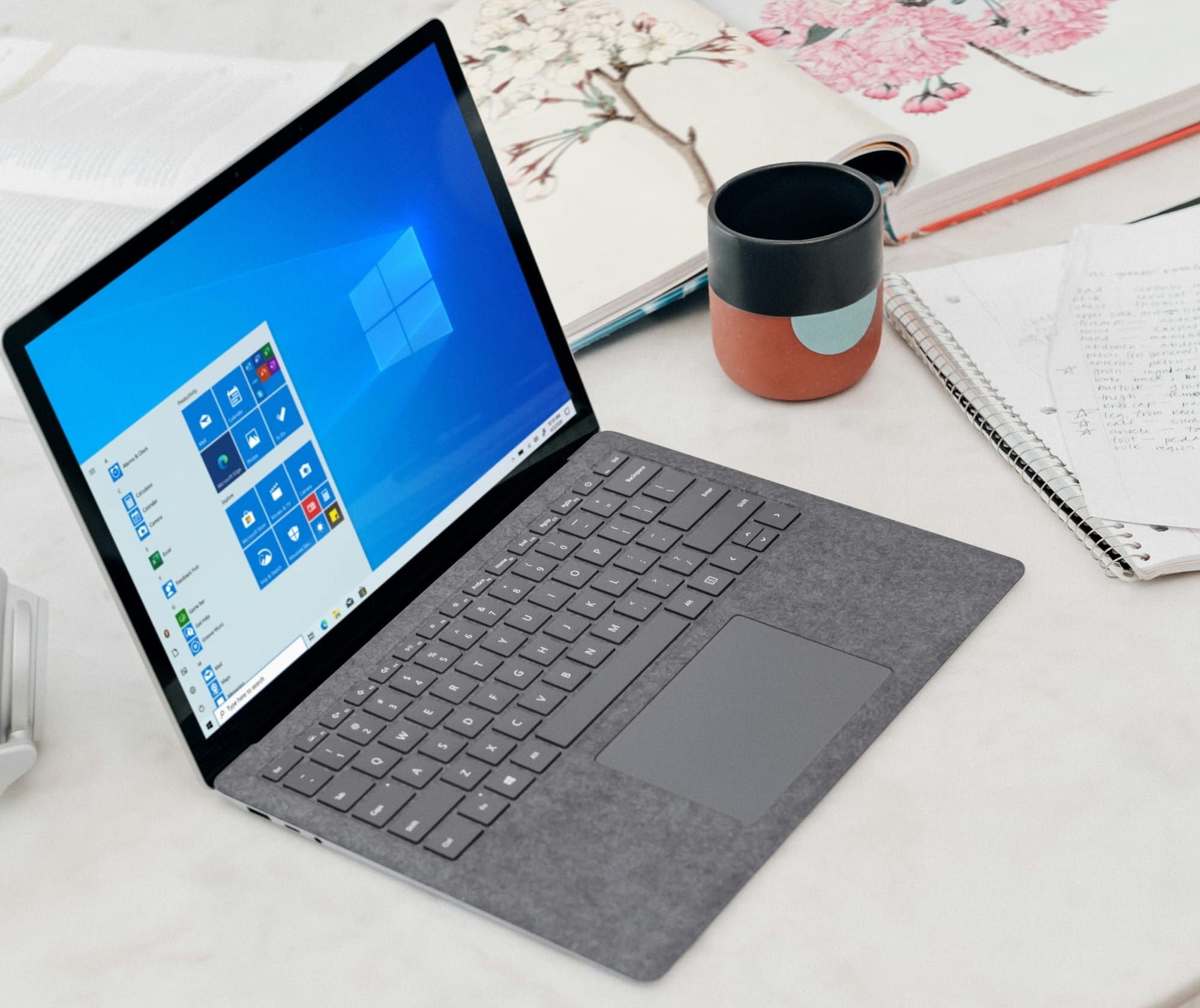3 options to consider if your Windows 10 PC can't be upgraded
Learn viable options to consider to keep your PC secured and protected.
With the October deadline fast approaching for the end of Windows 10’s support lifecycle, many users are left wondering what to do. Microsoft has confirmed that Windows 10 Version 22H2 will be the final version, meaning no new updates or security patches will be provided except updated to Windows 11.
Now you might be thinking, "Will my system stop working?" or "Will my PC become useless since I can’t upgrade to Windows 11 due to hardware limitations?"
Well, no—your system will still work just fine. However, it won’t receive free updates or technical support, which can leave your device vulnerable to security risks and privacy concerns.
So, what can you do to prevent your PC from becoming vulnerable to hackers or malware? This Techloy article highlights three viable options you can consider:
1. Pay for Updates and Support

If you’re not ready to switch operating systems or buy a new PC, you still have one more option—paying for extended support.
Microsoft offers a paid update service for businesses and enterprises for up to three years, and a one-year update for normal users after which it is no longer supported again, it’s something to keep an eye on.
However, this will only allow you to continue receiving security updates for a short period even after Windows 10 reaches its end of life.
Of course, this option comes at a price, and the cost will likely increase over time. If you’re only looking for short-term security coverage while you decide on your next move, this might be a temporary solution.
2. Change to Linux or ChromeOS Flex

If you’re looking for a more budget-friendly and practical solution, you can consider changing your existing Windows 10 PC to ChromeOS Flex or a Linux operating system.
Replacing your Windows 10 with Linux will allow you to access an open-source operating system that is free to use, highly customizable, and secure. It works well on older PCs, so you won’t have to worry about hardware limitations.
ChromeOS Flex, on the other hand, is a lightweight cloud-based OS developed by Google. It’s perfect for users who mainly browse the web, stream content, or use web-based applications like Google Docs.
Both options will keep your PC running smoothly without forcing you to upgrade your hardware or worry about missing security updates.
2. Buy a New PC

If you want to stay up to date with the latest technology, then buying a new PC might be the best choice. Microsoft is rolling out state-of-the-art computers like the Copilot+ PC lineup with improved processing power, advanced neural processing units (NPUs) for AI-related tasks, and high-performance gaming capabilities.
But let’s be real—not everyone can afford to buy a new PC, as these high-end machines don’t come cheap. So, unless you're willing to spend hundreds or even thousands of dollars on an upgrade, you might want to explore the first two options.
Conclusion
Sure, you could ignore the deadline and continue using your PC as is—after all, it won’t stop working overnight. But it's important to note that without security updates, your system becomes an easy target for hackers and malware, putting your data and privacy at serious risk.
That’s why it’s always better to choose a long-term solution, even if it comes at a cost. What matters most is ensuring your system stays secure and your personal information remains protected.







